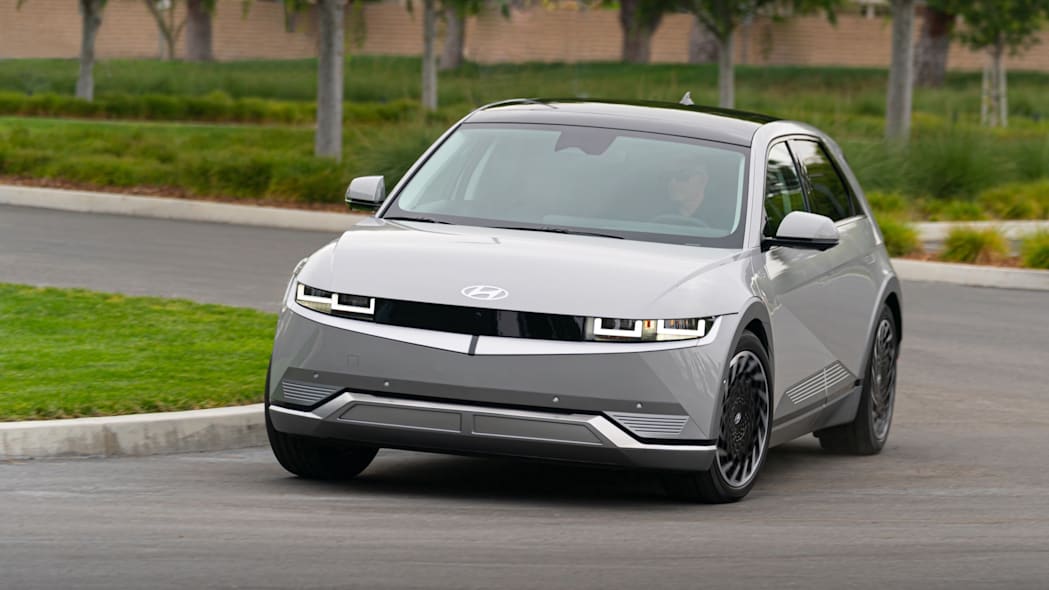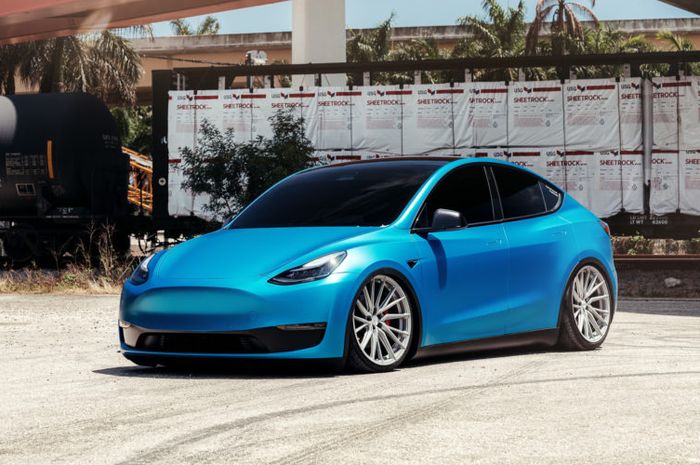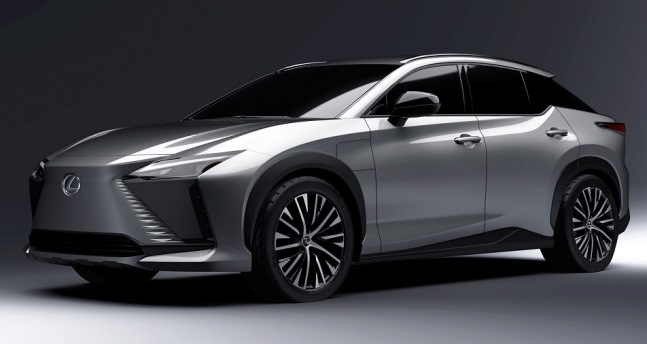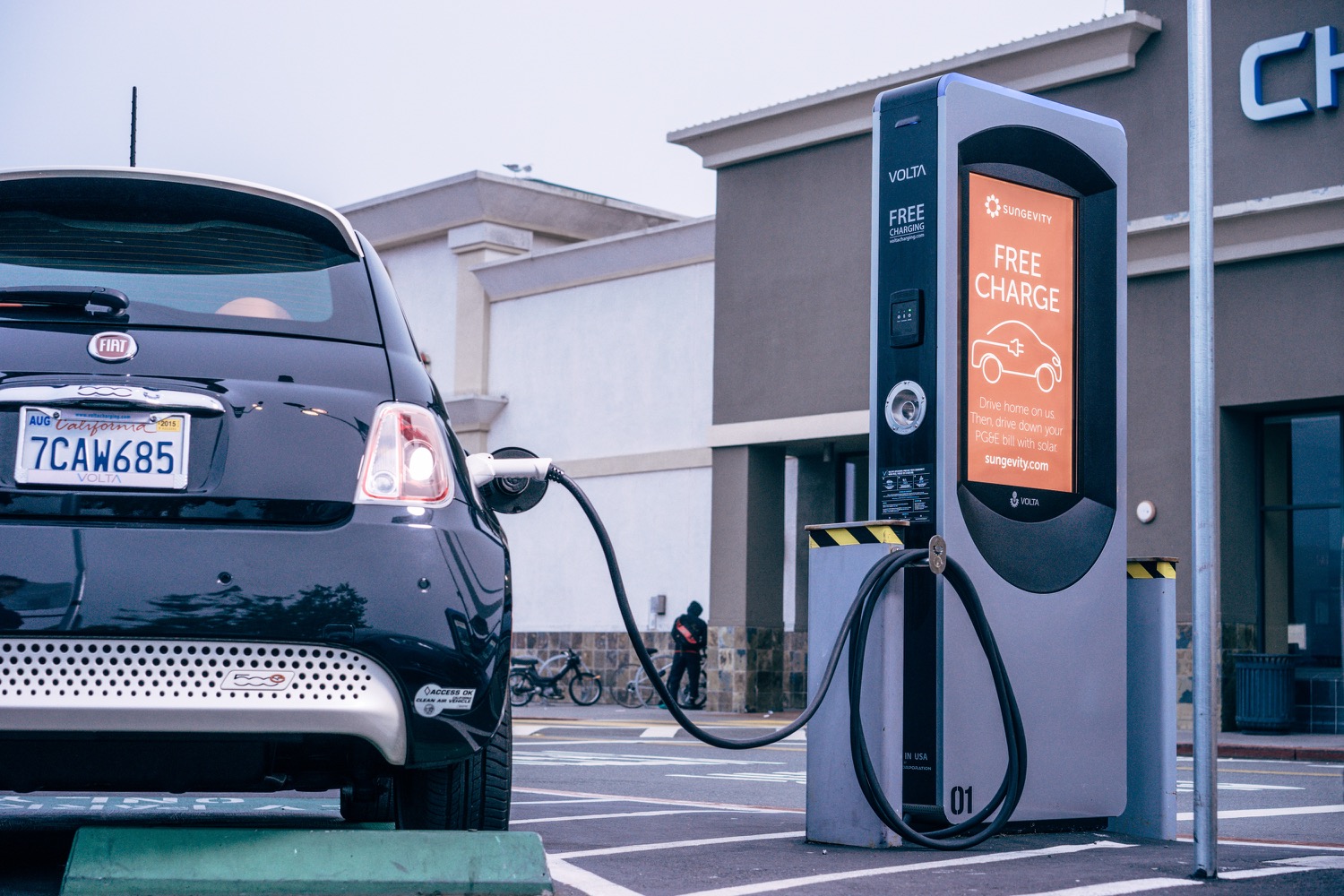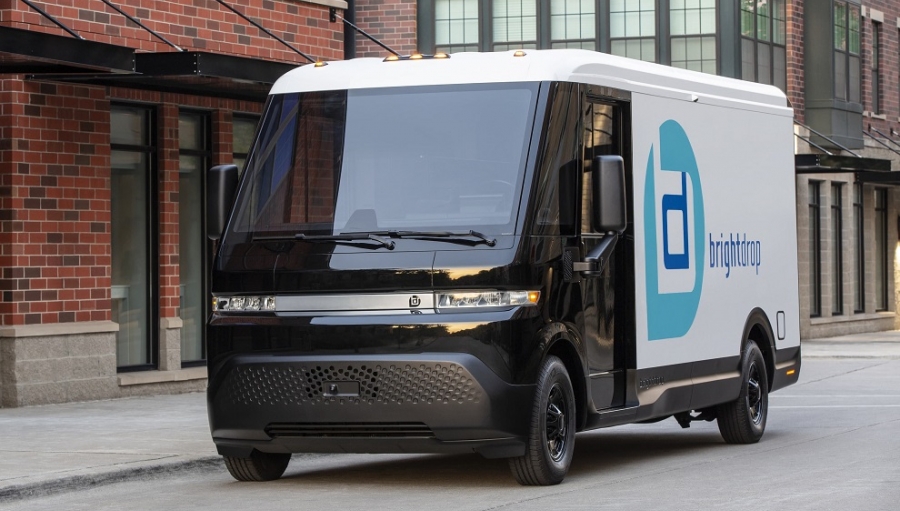Hyundai Ioniq 5 uses a one-speed automatic transmission to run. There is no gear shift, but the Hyundai Ioniq 5 is still equipped with paddle shifts behind the steering wheel.
If the paddle shift is generally used for shifting gears manually in automatic transmissions. The paddle shift function on the Ioniq 5 turns out to be a regenerative braking energy setting.
Called paddle shifters, they adjust the amount of regenerative braking from 0 to 3. If it is set smaller, the effect of regenerative braking energy is almost not felt.
And vice versa, when it is set to a larger size, the regenerative braking energy that gives the effect of a car such as engine brake or braking when releasing the accelerator pedal is increasingly felt.
Regenerative energy is needed to recharge the battery when the car is in use. The greater the energy produced, the greater the charging carried out.
The VCMS (Vehicle Charging Management System) module programs the ICCU (Integrated Charging Control Unit) to regulate the incoming or outgoing electric current.
When the rotation of the electric motor is regenerative, the kinetic energy produced is received by the VCMS.
Which is then taken by the ICCU as an incoming electric current. From the ICCU, the electric current is passed to the battery pack as a charging process

